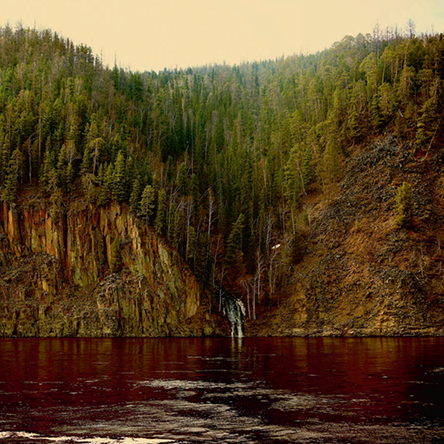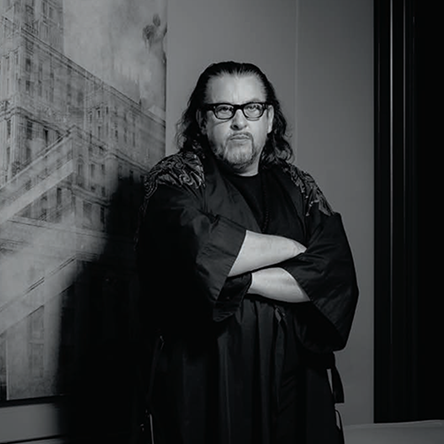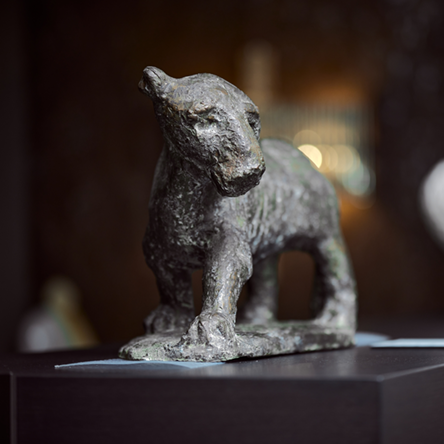Born in London, Keith Milow grew up in Baldock, Hertfordshire, before returning to the capital to study at Camberwell School of Art (1962—67) and the Royal College of Art (1967—68). Whilst still a student his work was included in the exhibition, Young Contemporaries (1967), at Tate Britain, which brought together avant-garde works by art students from across the country. Two years later he was one of the six artists forming the exhibition, 6 At The Hayward (1969), at the Hayward Gallery, which also included Michael Sandle and Barry Flanagan. In 1970 his first solo show at the Nigel Greenwood Gallery sold out (including works bought by the Tate), and the following year he exhibited alongside Andy Warhol at the ICA. Throughout the 1970s, Milow was a key member of the British artistic avant-garde with contemporaries such as, Flanagan, Richard Long, Gilbert & George, Michael Craig-Martin, Art & Language, David Tremlett, Derek Jarman.



Milow is the recipient of a number of other awards including, Calouste Gulbenkian Foundation Award (1976), Arts Council of Great Britain major award (1979), and Edward Albee Foundation Award (1983). His work has been included in many major exhibitions including: Homers (1973), MoMA, New York; British Painting 1952-1977 (1977), Royal Academy of Art, London; British Art Now (1980), Guggeheim Museum, New York; Modern British Sculpture (1988), Tate Liverpool; New Acquistions (1991), Tate Gallery, London; United Enemies: Sculpture in 1960s and 1970s Britain (2011-12), Henry Moore Institute, Leeds. Public collections holding his work include British Museum, Tate galleries, Henry Moore Foundation, Scottish National Gallery of Modern Art, in the UK, Metropolitain Museum of Art, Museum of Modern Art, Guggenheim Museum, in the USA, and National Gallery of Australia and Gallery of South Australia.












